Interview with Bonnie Rubenstein, (B.R) Artistic Director of Scotiabank CONTACT Photography Festival by Amy Luo (A.L)
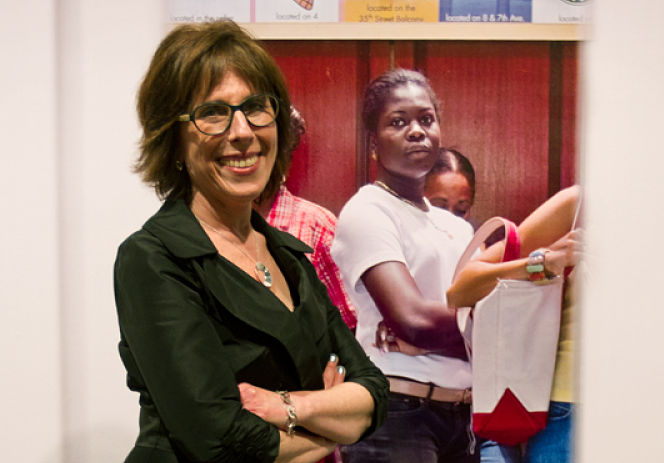 Bonnie Rubenstein, Artistic Director of Scotiabank CONTACT Photography Festival in front of Bill Sullivan’s Down, 2012. Photo: Nicholas Liang
Bonnie Rubenstein, Artistic Director of Scotiabank CONTACT Photography Festival in front of Bill Sullivan’s Down, 2012. Photo: Nicholas Liang
A.L: CONTACT is the largest photography event in the world. As Artistic Director, you must have put in a tremendous amount of work and time in preparation for this year’s festival. What has been most exciting for you this particular year? And what has been most challenging?
B.R: It’s difficult to define the most exciting aspect of a large event that includes so many different artists and exhibitions. The festival is the sum of its parts and we work year-round to create a dialogue between presentations throughout the community. Every year is a new challenge, and an enormous amount of work for all of us at CONTACT as well as the people we collaborate with. The most exciting part is seeing the whole thing come together.
A.L: Each year a thematic focus guides the curatorial direction of the festival’s exhibitions. This year’s theme is “Field of Vision.” How was this thematic idea conceived?
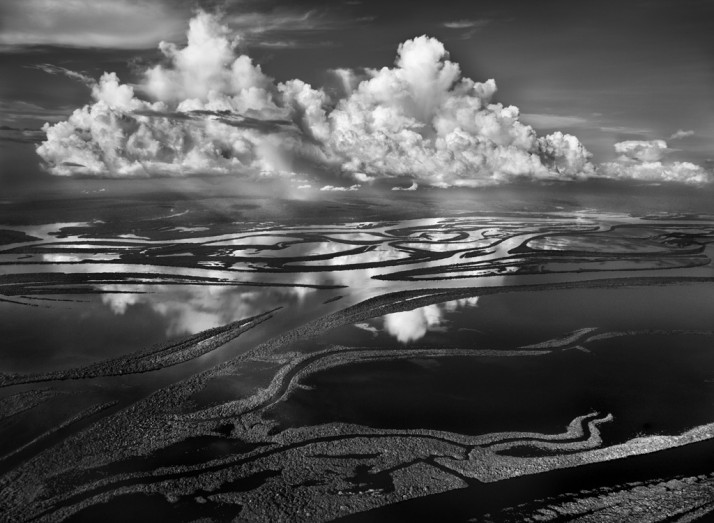 Sebastião Salgado, The Arctic National Wildlife Refuge in northeastern Alaska, 2009, © Sebastião Salgado / Amazonas Images. Royal Ontario Museum, May 4 – September 4, 2013
Sebastião Salgado, The Arctic National Wildlife Refuge in northeastern Alaska, 2009, © Sebastião Salgado / Amazonas Images. Royal Ontario Museum, May 4 – September 4, 2013
B.R: The thematic programming extends through our primary exhibitions and public installations. We present these projects with a range of partner organizations so a broad theme works best for us. In the past, the theme has been subject based but we have moved towards a process and practice oriented approach. Last year’s theme was “Public,” and while this was interpreted in a variety of ways, street photography was the emphasis of our programming. The starting point for this year’s theme, “Field of Vision,” was Sebastião Salgado’s project Genesis and the discussions to present this exhibition began about two years ago. Salgado travelled to 32 countries for his expansive project, which took 8 years to complete, and it shows us many aspects of our world that few would have the opportunity to see in reality. While Salgado’s work raises global issues, and there is much to explore within this subject, we made the decision not to focus on this concept in particular, in part because we’ve done so before and aim to present a different theme each year. For this year we wanted to orient the theme based on a perceptual or conceptual approach to photography, and how photographs function, rather than on any one subject in particular.
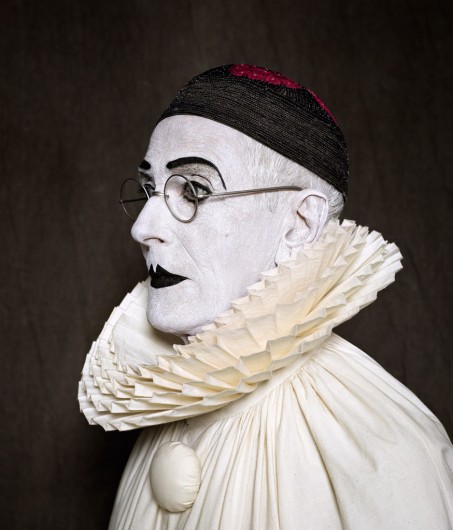 Scotiabank Photography Award, 2012, Arnaud Maggs (1926 – 2012), After Nadar: Turning Pierrot, detail, 2012, Estate of Aranaud Maggs, Courtesy of Susan Hobbs Gallery. Ryerson Image Centre, May 1 – June 2, 2013
Scotiabank Photography Award, 2012, Arnaud Maggs (1926 – 2012), After Nadar: Turning Pierrot, detail, 2012, Estate of Aranaud Maggs, Courtesy of Susan Hobbs Gallery. Ryerson Image Centre, May 1 – June 2, 2013
A.L: To me, “field of vision” is broadly applicable to potentially any photographic image. We often think of the photograph as a record of a fleeting moment within the photographer’s field of vision. What questions or ideas does “field of vision” evoke for you and how has the theme guided your curatorial process?
B.R: There are a number of ways to think about “field of vision” with respect to photography as a medium and a technology; it is in itself a field of vision, so to speak. But essentially, vision is understood in terms of sight and the ways in which we perceive places, people, events, and so on. Photographs structure the ways we see and comprehend the world around us, and the lens of the camera extends the eye’s field of vision. “Vision” of course also evokes the idea of artist as “visionary,” and this year we present several solo exhibitions of works by truly exceptional artists.
A.L: The Primary Exhibitions showcase both dated, historical works and contemporary works. For example, MOCCA will have an exhibition of archived images from the Archive of Modern Conflict alongside an exhibition of Michael Snow’s recent body of work. What relationships and dialogues do you see the older images having with the contemporary images in the Primary Exhibitions? How does the inclusion of archived works inform our understanding of contemporary works and photography as a practice?
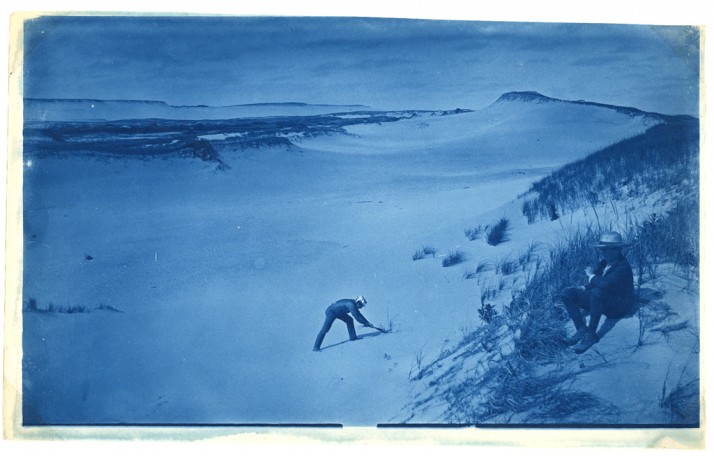 Charles Henry Turner (American), Sand dunes, c1890, Cyanotype, Courtesy of the Archive of Modern Conflict. Museum of Contemporay Canadian Art, May 2 – June 2, 2013
Charles Henry Turner (American), Sand dunes, c1890, Cyanotype, Courtesy of the Archive of Modern Conflict. Museum of Contemporay Canadian Art, May 2 – June 2, 2013
B.R: Our approach to programming this year was experimental in several ways, so it will be interesting to see how the audience responds. The unconventional pairings of historical works within unexpected contexts will challenge viewers to reconsider the meaning and inherent message of the photographs. The Archive of Modern Conflict exhibition, Collected Shadows, includes recent images from 2011 while the earliest works are from the 1850’s. The AMC has an enormous collection with millions of photographs that trace the history of the medium, and this show is another example of an expansive project that inspired the theme. It also stimulated the idea to include exhibitions that activate the history of the medium and create a dialogue between photographs from the past and the present; Sara Angelucci’s exhibition at the Art Gallery of York University is a great example of this.
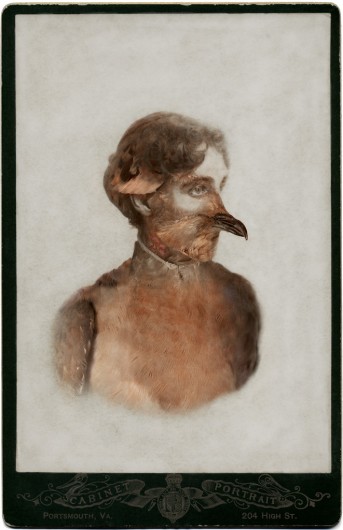 Sara Angelucci, Aviary (Female Passenger Pigeon/extinct), 2013. Art Gallery of York University, April 10 – June 16, 2013
Sara Angelucci, Aviary (Female Passenger Pigeon/extinct), 2013. Art Gallery of York University, April 10 – June 16, 2013
A.L: CONTACT began as a grassroots initiative based on open calls for photographers to participate. Today the Open Exhibitions still operate on an open-call method and actually make up the majority of the festival – this year there are over 1500 artists exhibiting their work at over 124 venues this year. What do you think is significant or beneficial about including a combination of curated programming and open-call exhibitions?
B.R: CONTACT was founded seventeen years ago and has always been completely open to anyone that wanted to participate. The founders of the festival were committed to the idea of making it an accessible, community event and the first year proved to be very successful, with many more participants then they had originally anticipated. When I was hired by CONTACT in 2002 it was with the ambition to develop a curated program for the festival, which was nonexistent at the time. I first created the public installation program, and a few years later the primary exhibitions, and we continue to expand both the curated and the grassroots streams of the festival. CONTACT provides the opportunity for artists and photographers to show their work and be part of a high profile public event that engages a large audience. Like many things in life, there’s strength in numbers, and each part of the festival enhances and supports the other. The primary exhibitions provide inspiration for emerging artists, and the emerging artists support the thematic programming through engagement with them and the exchanges that emerge are instrumental to our success.
 Michael Parr / Magnus Media. Metro Hall, April 30 – June 2, 2013
Michael Parr / Magnus Media. Metro Hall, April 30 – June 2, 2013
A.L: You will be a reviewer for this year’s CONTACT Portfolio Reviews. Can you tell me more about this initiative and what participating photographers can expect to get out of the opportunity?
B.R: Each year we bring in experts from around the world to provide artists and photographers with the opportunity to have their work professionally reviewed. The idea is not unique to CONTACT and many photography festivals offer this type of program, but we deliberately created ours on a more intimate scale. It’s an incredible opportunity for emerging artists to meet and exchange ideas but it also promotes established artists who may not be known by our international guests. Within three twenty-minute one-on-one sessions, participants show their work and receive feedback, and as a result many have obtained exhibitions and had their work published in magazines and books internationally. Each year we select one participant who receives the Portfolio Reviews Exhibitions Award and a solo exhibition of their work at the CONTACT Gallery.
A.L: Can you share with us a few personal favourites among this year’s exhibitions or particular bodies of work that resonate most with you?
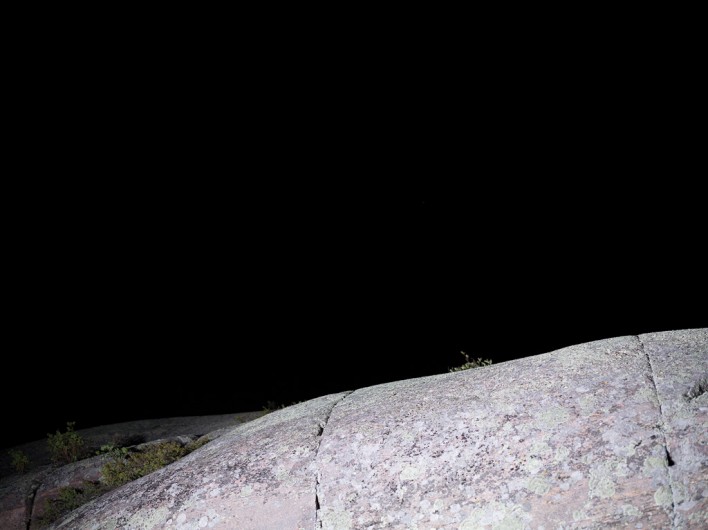 Andrew Wright, Untitled Photography #4, 2013,Courtesy of the artist and Patrick Mikhail Gallery, University of Toronto Art Centre, May 2 – June 29, 2013
Andrew Wright, Untitled Photography #4, 2013,Courtesy of the artist and Patrick Mikhail Gallery, University of Toronto Art Centre, May 2 – June 29, 2013
B.R: This year the most intense curatorial project for me has been the survey exhibition of works by the Canadian artist Andrew Wright at the University of Toronto Art Centre (UTAC). I had seen several exhibitions of Andrew’s work in Toronto over the years but they had always been strongly focused on one project, so I really wanted to see his work from the past and the present together. I am quite excited to see how they resonate with each other!
A.L: The disorienting number of participating venues can be intimidating and overwhelming for the average Torontonian hoping to check out some photography. Do you have any recommendations for ways of approaching and navigating the festival?
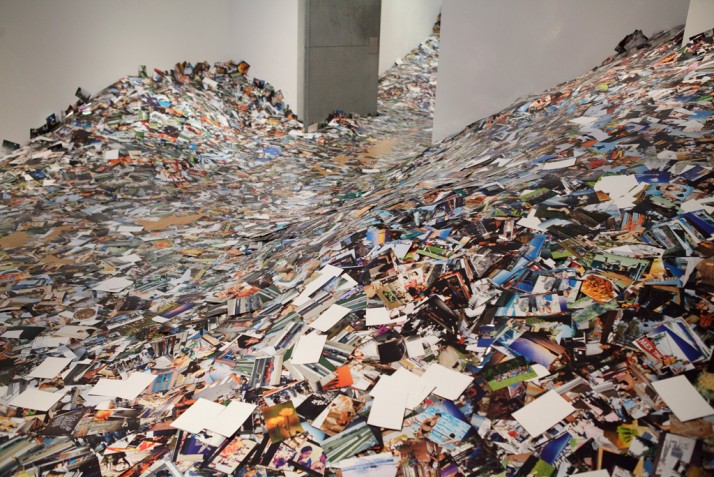 Erik Kessels, 24 Hours in Photography. Installation at Foam Amsterdam, 2011, Photo: Gijs van den Berg. Contact Gallery, May 1 – June 15, 2013
Erik Kessels, 24 Hours in Photography. Installation at Foam Amsterdam, 2011, Photo: Gijs van den Berg. Contact Gallery, May 1 – June 15, 2013
B.R: There are many ways to navigate the festival, either by the type of show, for example one could focus on all the public installations, or by choosing a neighbourhood and going out to everything in the area. The CONTACT website lists all exhibitions and has an interactive calendar and planner, or you can use the CONTACT magazine or brochure – both have maps as guides. They are available at any of the CONTACT venues as well as our office and gallery at 80 Spadina Avenue, where we also have an incredible installation of literally hundreds of thousands of photographs by the Dutch artist Erik Kessels, which is certainly meant to be overwhelming!
